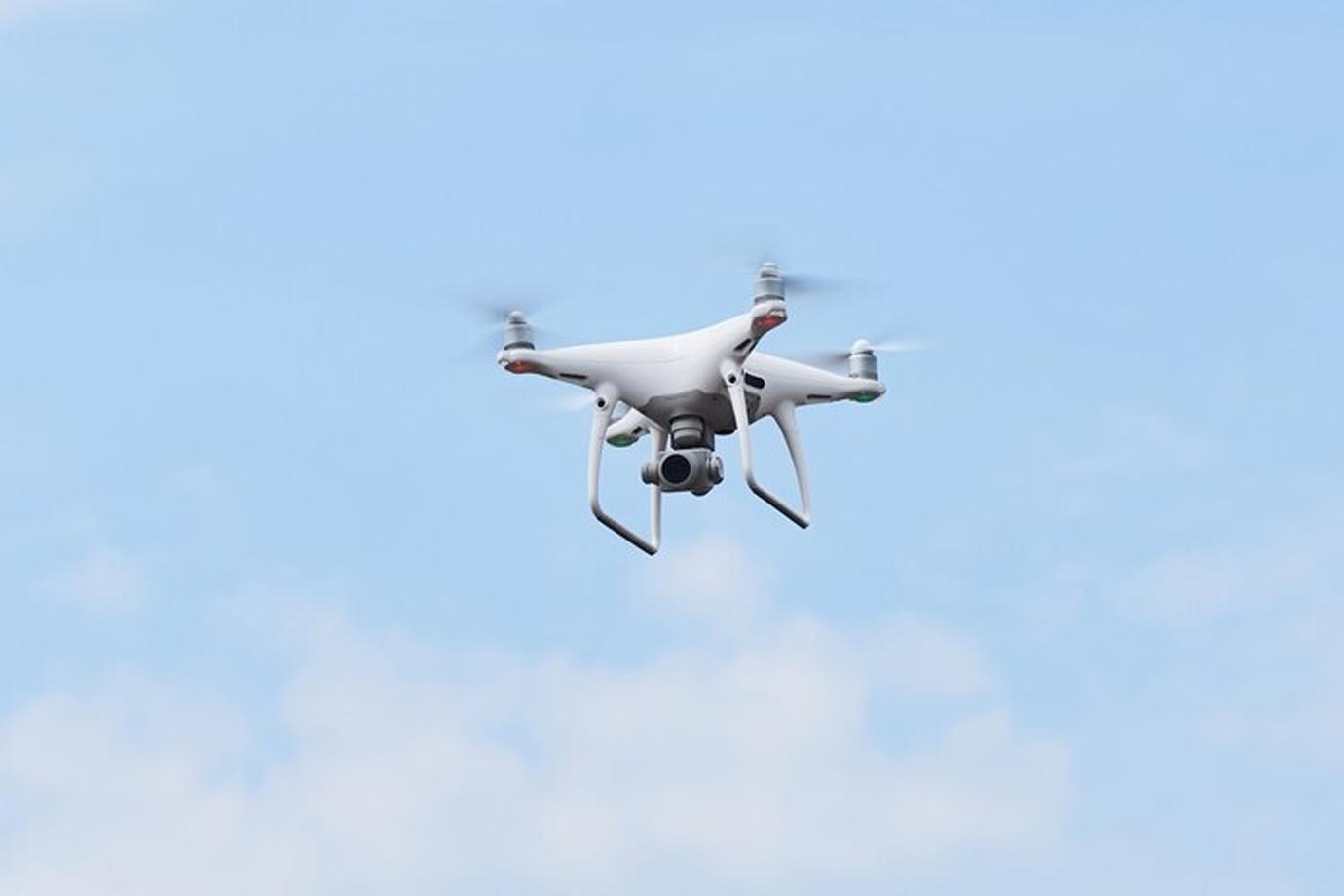Common Questions on the UAS Operator Exam
Unmanned Aircraft Systems (UAS) have grown in popularity. Many seek to become certified operators. The certification process involves a comprehensive exam. Here are some common questions and their answers found on the UAS operator exam.
What is the purpose of airspace classification?
Airspace classification helps manage traffic and safety. Different classes dictate where you can fly. Understanding these classes prevents violations and ensures safe operations. Class G airspace allows more freedom, while Class B, C, D, and E have stricter controls.
What are the visual line-of-sight (VLOS) requirements?
Operators must maintain VLOS with their UAS. This means you should always see the aircraft with your unaided eye. Using binoculars or video screens alone is not acceptable. VLOS ensures you can respond quickly to any issues.
What is the maximum altitude for UAS operations?
The maximum allowable altitude is 400 feet above ground level (AGL). This restriction minimizes interference with manned aircraft. In some cases, you can fly higher if within 400 feet of a structure and no higher than 400 feet above it.
What is the minimum visibility required for UAS operations?
Minimum visibility for UAS operations is three statute miles. This means you need to have a clear view of at least three miles in all directions. Ensuring good visibility helps avoid collisions and improves overall safety.
What are the rules regarding operating near airports?
Operating near airports requires specific permissions. In controlled airspace, you need approval from air traffic control (ATC). Without it, you must remain at least five miles away from airports. These rules prevent conflicts with manned aircraft.
What are the restrictions on operating over people?
Flying directly over people is generally prohibited. There are exceptions for people directly involved with the operation, such as crew members. If the aircraft meets specific safety standards, exceptions may apply. This rule minimizes risks to bystanders.
How do you handle emergency situations?
Operators must be prepared for emergencies. This includes loss of communication, battery failure, or system malfunctions. Have a plan to safely land the UAS in any unexpected event. Knowing emergency procedures is crucial for maintaining control.
What are the effects of weather on UAS operations?
Weather significantly affects UAS performance. Wind, rain, and fog can reduce visibility and control. Cold temperatures may impact battery life. Always check weather conditions before flying. Avoid unfavorable weather to maintain safety.
How do you ensure the UAS is in good condition before flight?
A pre-flight inspection is necessary. Check the battery, propulsion system, and airframe. Ensure the software is up-to-date. Verify that all components are functional. A thorough check prevents malfunctions during flight.
What are the record-keeping requirements for UAS operations?
Maintaining records of all flights is essential. Log details such as date, time, location, and any incidents. Keep records of maintenance and repairs. Documentation helps track performance and can be useful in investigations.
How does the weight of the UAS affect its operation?
Weight impacts flight characteristics and performance. Heavier UAS may have reduced agility and shorter flight times. Ensure the aircraft’s weight is within operational limits. This includes payload such as cameras or sensors.
What is the importance of NOTAMs in UAS operations?
Notices to Air Missions (NOTAMs) provide critical information about airspace changes or hazards. Before flying, check for any relevant NOTAMs. They inform you of temporary flight restrictions or changes in airspace status.
How do you handle privacy and data security concerns?
Respect for privacy is paramount. Avoid flying over private property without permission. Secure any data collected during flights. Use encryption for sensitive information. Transparency with stakeholders builds trust and credibility.
What are the compliance requirements with local laws and regulations?
UAS operators must comply with national, state, and local regulations. This includes registration requirements and operational restrictions. Keep informed about any changes in the legal landscape. Non-compliance can result in penalties.
What is Remote ID and why is it important?
Remote ID is like a digital license plate for UAS. It provides identification and location information to authorities. This helps manage airspace and enhances security. Familiarize yourself with Remote ID requirements.
How do you manage battery health and performance?
Proper battery management extends UAS life. Avoid overcharging or deep discharging. Store batteries in a cool, dry place. Regularly check for signs of wear or damage. Good battery practices ensure reliable performance.
What types of UAS operations require a waiver?
Certain operations need a waiver from the FAA. Examples include flying at night, beyond visual line-of-sight, or in restricted airspace. Applying for a waiver involves demonstrating mitigations for increased risks.
What is the role of the Visual Observer (VO)?
A Visual Observer assists the pilot by monitoring the UAS and airspace. They help detect obstacles and other aircraft. Effective communication between the pilot and VO is essential. A VO enhances situational awareness.
What are the reporting requirements after an accident?
If an accident occurs, report it to the FAA. This is required if there are serious injuries or damage exceeding $500. Submit the report within 10 days. Accurate reporting helps improve safety standards.
How do you manage risk in UAS operations?
Risk management involves identifying potential hazards and implementing controls. Conduct thorough site surveys and pre-flight briefings. Stay updated on best practices. Effective risk management protects both the operator and public.
What are the standard operating procedures (SOP) for UAS operations?
SOPs guide everyday operations. They standardize processes and ensure consistency. SOPs cover pre-flight, flight, and post-flight activities. Adhering to SOPs reduces errors and improves safety.
Why is ongoing training and education important for UAS operators?
Ongoing training keeps skills sharp and knowledge current. Attend workshops and participate in community forums. Stay updated on technological advancements. Continuous learning ensures safe and efficient operations.
Understanding these common questions helps prepare for the UAS operator exam. Knowledge of regulations, safety procedures, and best practices is essential for certification and responsible flying.
“`
